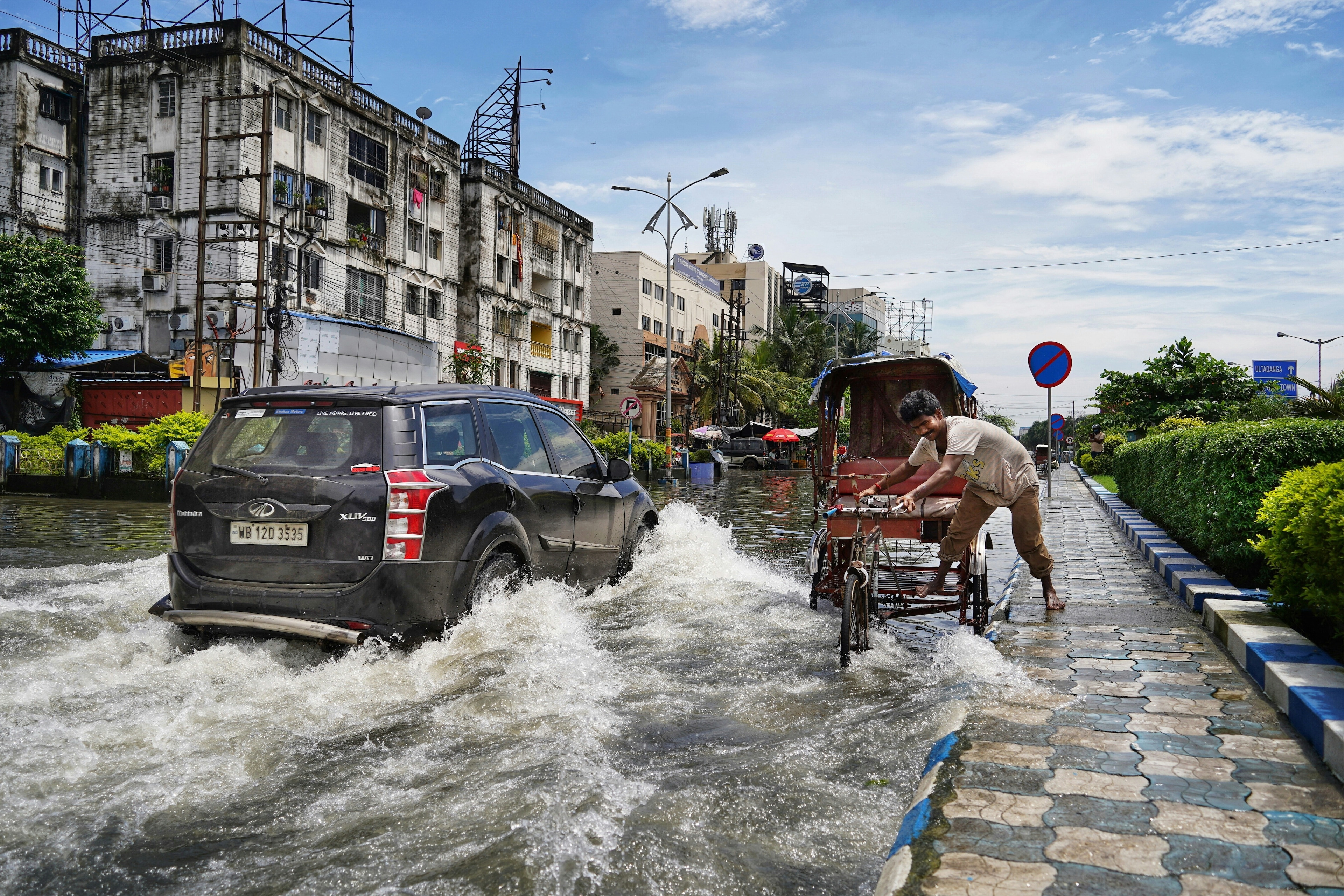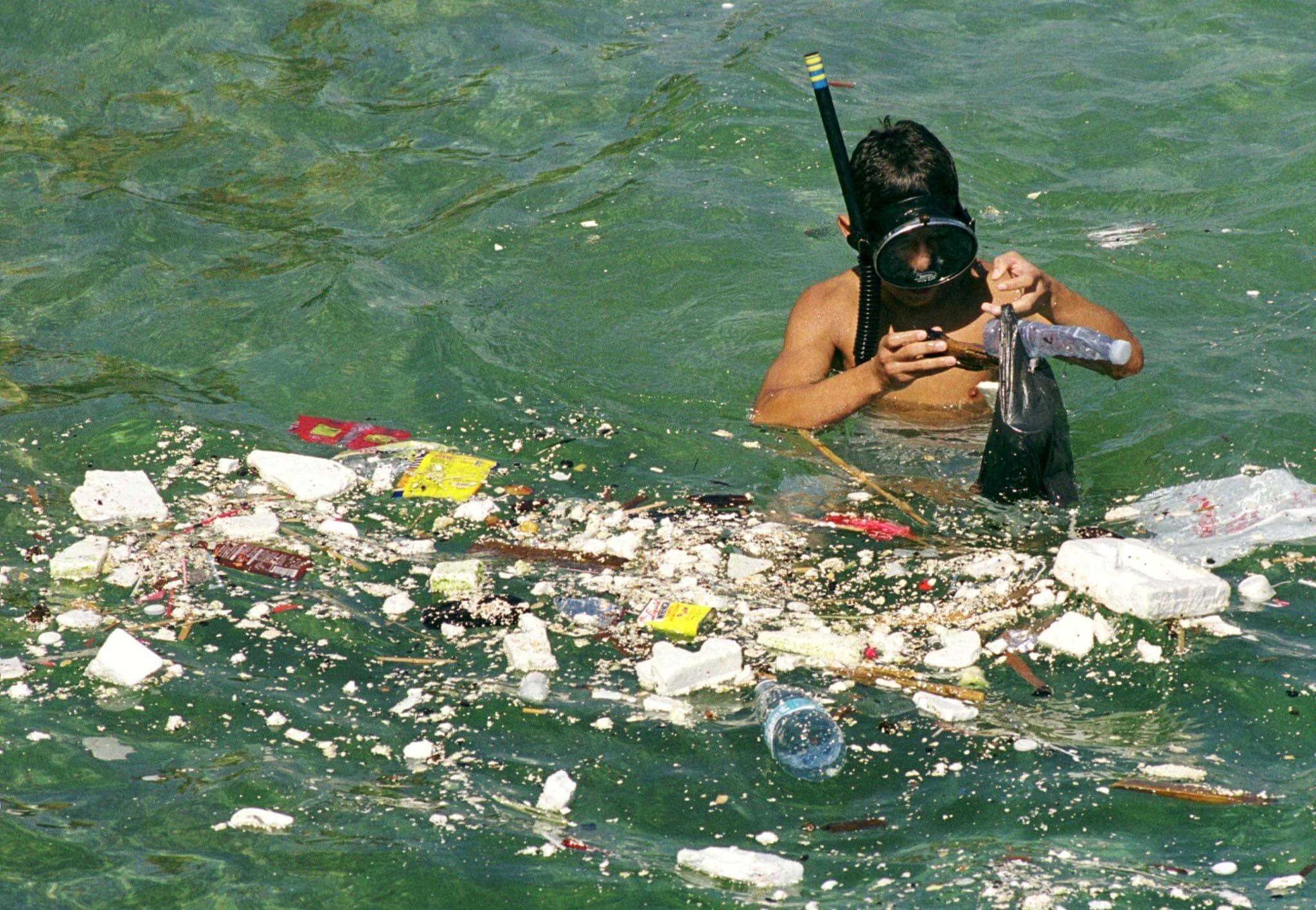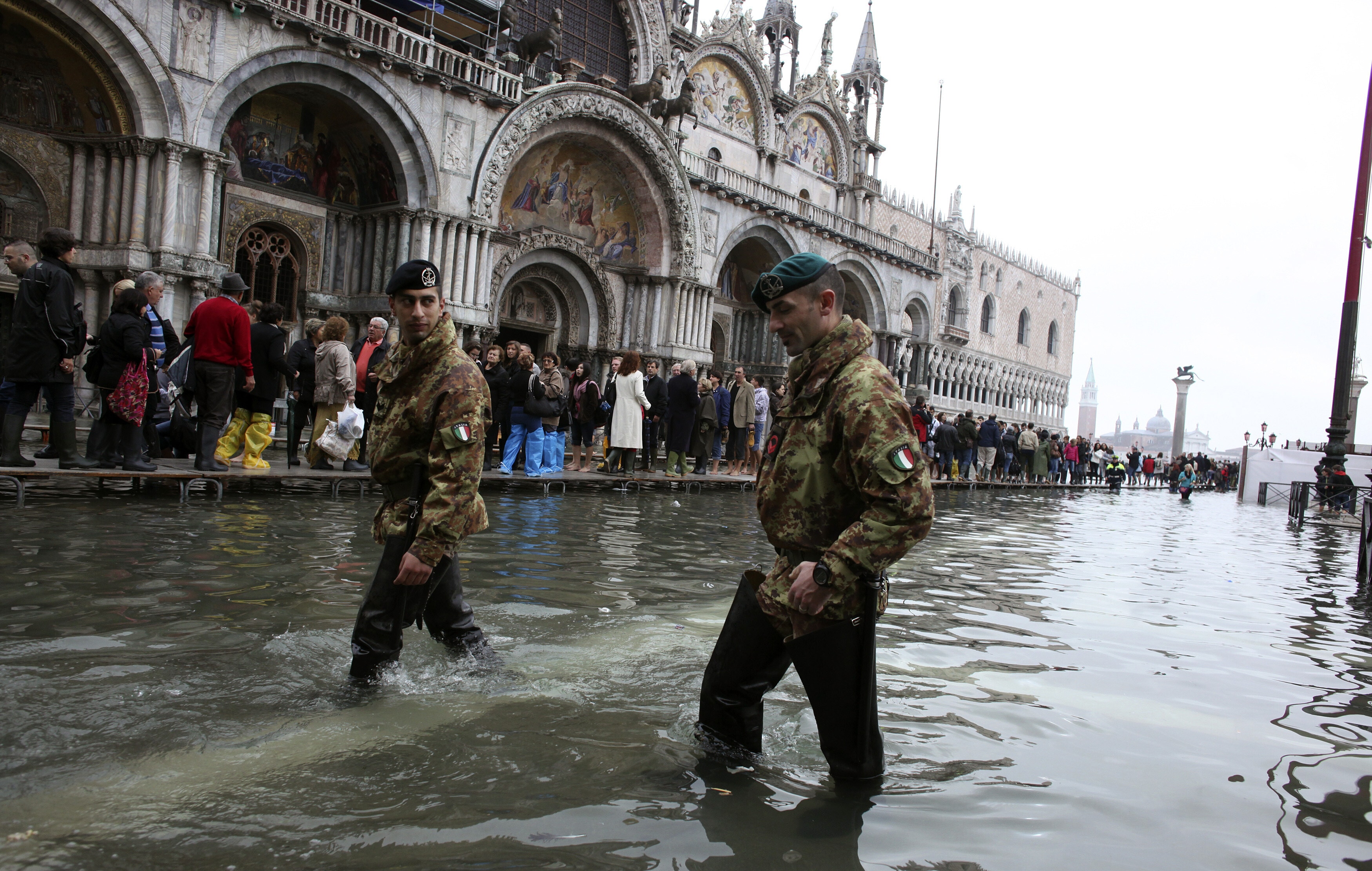The war in Ukraine is triggering a re-evaluation of global systemic risk

The new global systemic risk environment: Ukrainian troops pull a howitzer on a road in Mykolaiv, Ukraine.
Image: REUTERS/Anna Kudriavtseva
Stay up to date:
Global Risks
Listen to the article
- The changing global risk environment is forcing governments, businesses and international organizations to re-evaluate systemic risk in fundamentally new ways.
- The war between Russia and Ukraine is, among other things, serving as a clarifying moment, exposing the downsides of global interdependencies.
- Global systemic risk governance requires adopting measures to reduce exposure, but also proactively cultivating a mindset, capabilities and partnerships to strengthen resilience.
The world is confronting multiple intersecting geopolitical events with highly unpredictable consequences. Coming in the wake of the global COVID-19 pandemic, the Russian-Ukrainian war is disrupting global financial markets, food security and real economies. Escalating tensions between the US and China are compelling decision-makers to recalculate everything from their strategic alliances to the vulnerability of their supply chains. Making matters even more complicated, looming threats ranging from cyberattacks to climate change and the mounting possibility of nuclear war, including the erosion of norms and rules around acquiring nuclear weapons, are forcing governments, businesses and international organizations to re-evaluate risk in fundamentally new ways.
Welcome to the new global systemic risk environment. Getting to grips with systemic risk is now top of mind for senior executives worldwide. Systemic risks are especially nerve-wracking because of the way they affect entire markets, not just specific sectors or industries. As we transition uneasily to a less cooperative multipolar world, governments and businesses are scrambling to reduce their risk exposure and increase resilience. Amid signs of protectionism, some are moving to decouple supply chains. Assailed by pandemics, armed conflicts, cyberattacks and unpredictable weather, companies are setting-up strategic safety buffers, including stockpiling goods, and building-up their redundancies to shield themselves from future shocks.
The systemic risk of war
The most obvious systemic risk is the ongoing war between Russia and Ukraine. Among other things, it serves as a clarifying moment, exposing the downsides of global interdependencies. In addition to generating tens of thousands of casualties and contributing to the displacement of over 12 million Ukrainians, there is a risk – albeit small – that the war could escalate into a chemical or nuclear exchange.
Already, the war and accompanying sanctions are dramatically unsettling energy and food markets, with ripple effects likely to extend well into 2023 and 2024. The effects of the war on food production, together with western sanctions on Russian financial institutions, prohibitions on the transfer of high-tech components, and oil and gas are exacerbating inflation in North America and will trigger stagflation, rising interest rates and very likely a recession in Europe and the US.
Since Russia and Ukraine are central players in global commodity markets, the war is triggering cascading impacts worldwide. These effects are not evenly distributed: emerging markets are suffering disproportionately and rising prices are driving social and political unrest. Dozens of lower and middle-income countries are highly dependent on imported energy, mineral and food commodities from Ukraine and Russia. As prices for everything from cooking oil to flour rise, the vulnerable from India to Indonesia are hardest hit since electricity and food make up a major share of household expenditures. Already, countries such as Egypt, Tunisia, Peru, Yemen and Sri Lanka are facing balance of payments problems, rising food prices and even protests. Pakistan is mired in a political crisis owing to rising food prices, with the prime minister ousted after a no-confidence vote.
The worst is yet to come. The longer the war drags on, the more global food security and social stability are threatened. Russia and Ukraine collectively account for about 30% of global wheat exports and 20% of corn exports. Ukraine is also the world's leading exporter of sunflower seed oil and a major producer of barley, millet and other grains. The Food and Agriculture Organization of the United Nations recently announced that the cereal price index soared by 17% between February and March and the sunflower oil index rose a whopping 23% over the same period. If current supplies are tight, next year's crop will be even more constrained due to the disruption of planting and harvesting. Industry experts already believe that wheat and corn production will be reduced by half in 2023. Despite these clear and future dangers, most decision-makers are not factoring them in, focused as they are on resolving current problems.
The war is reconfiguring how countries are thinking about energy security. Major oil and gas companies have suspended or abandoned joint ventures and operations in Russia. To be sure, most European countries, along with China, India, South Africa and Turkey, are still importing hydrocarbons from Russia even as the war goes on. But that will soon change. Western countries are planning to quickly diminish their dependence on Russian energy supplies. Major oil and gas companies suspended or abandoned joint ventures and operations in Russia early into the war. The US and UK banned Russian imports, and most EU countries intend to wean themselves off from Russian oil transfers by the end of the year. This is significant, as the EU is Russia’s top oil purchaser and buys roughly 3.5 million barrels of crude and refined products a day. Meanwhile, EU countries are scouring global supplies and recently announced their intentions to buy liquefied natural gas (LNG) from the US, though American supplies are also far from infinite.
Risk of disorderly green transition
Even as governments and companies scramble to secure oil, gas and coal supplies in the short-term, some analysts say the war could accelerate a clean energy transition in the medium to longer term. The renewed focus on energy security and independence could, paradoxically, hasten the turn to renewables and nuclear power, which are cleaner and cheaper than fossil fuels. If oil were to persist above $150 a barrel over a sustained period, for example, this could serve as a forcing function. There is also growing public support (and some industry opposition) in many European countries for quickly ending reliance on all Russian fossil fuels. The mood is very different outside the West.
There are also real systemic risks that the Russian-Ukraine war could precipitate a disorderly green transition. To be sure, the conflict has exposed the legacy of poor planning on the part of EU countries to diversify from Russian supplies when they had the chance. There is also a risk that an accelerated transition to renewable energy could be reactive and unpredictable, destabilizing markets further still. Ultimately, the war is forcing western leaders and their populations that new thinking about food and energy security is needed, including finding ways to minimize reliance on risky suppliers. It is also a warning to the West of its over-reliance on China for key rare earths to power decarbonization efforts and the clean energy revolution.
What’s the World Economic Forum doing about climate change?
Risk resilience
Today’s most significant risks are neither abstract or remote – they are immediate and impactful. Geopolitical turbulence, including hot wars involving Russia and Ukraine, and cold ones between China and the US, has distributed worldwide as well as hyper-local consequences. Yet systemic risks are proliferating faster than the systems in place to address them. Indeed, at a time of overwhelming complex global risks, multilateral institutions appear singularly under-prepared. Consider the inadequate global responses to both real and digital viruses. Climate change, arguably the biggest systemic risk of them all, has knock-on effects across every sector and region, including the global financial system. Given the proliferation of these threats and compounding impacts, systemic risk governance is the order of the day.
Global risk governance requires governments, business and civic organizations to adopt measures to reduce risk exposure, but also proactively cultivating a mindset, capabilities and partnerships to strengthen risk resilience. At a minimum, governments and businesses need to be able to look over the horizon and better foresee future challenges and quickly capitalize on opportunities. This requires leveraging data and advanced analytics to forecast threats. Risk resilient organizations are also adept at managing risks through preparation, prevention, protection and, when necessary, pivoting.
To be sure, a riskier world is reinforcing conservatism and caution. Investors are busily diversifying their portfolios and building buffers to minimize exposure. This means they are refocusing and reprioritizing specific sectors and regions, including searching for “safer” havens, both between and within countries. But in the longer term, a risk resilient mindset must be purpose-driven, impact-focused and sustainable-by-design. Applying these kinds of principles is challenging in a volatile and uncertain world. But it is possible. Some groups are doing this by applying a triple bottom line - one that emphasizes profit, people and planetary considerations. Notwithstanding criticism of environmental, social and governance (ESG) investments, their rapid growth suggests that the risk resilient approach is catching on."
Yet risk minimization is just the start. What is also needed is an approach to anticipating, adapting and responding to systemic risk. And this requires a much greater emphasis on generating and sharing high-quality data and analysis, investing in “just-in-case” and “friend-shoring” supply chains, and designing-in and scaling resilience across all aspects of planning and decision-making.
Don't miss any update on this topic
Create a free account and access your personalized content collection with our latest publications and analyses.
License and Republishing
World Economic Forum articles may be republished in accordance with the Creative Commons Attribution-NonCommercial-NoDerivatives 4.0 International Public License, and in accordance with our Terms of Use.
The views expressed in this article are those of the author alone and not the World Economic Forum.
Forum Stories newsletter
Bringing you weekly curated insights and analysis on the global issues that matter.
More on Global RisksSee all
Elizabeth Henderson and Daniel Murphy
August 8, 2025
De Rui Wong and Keebum Kim
August 7, 2025
Marina Colombo and Lynn Kappes
August 6, 2025
Eric Holst
August 4, 2025
Catherine Chevauché
August 4, 2025
Florian Krampe
July 31, 2025





